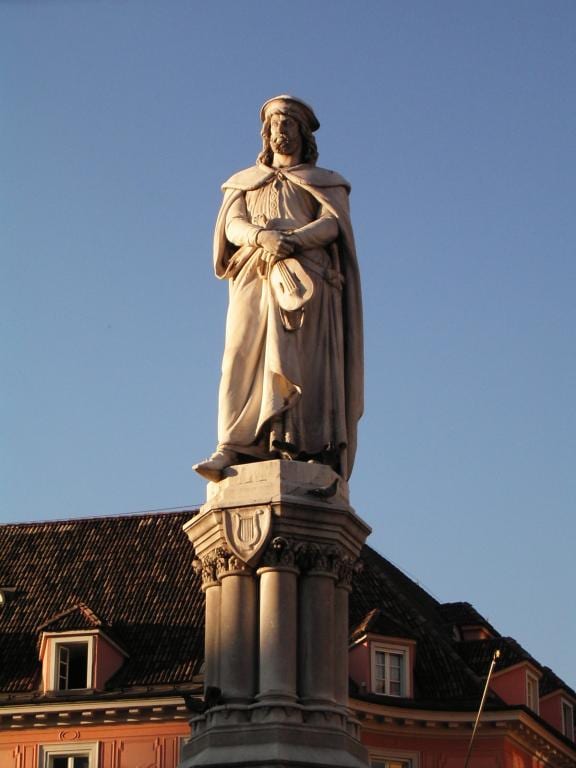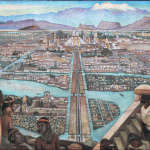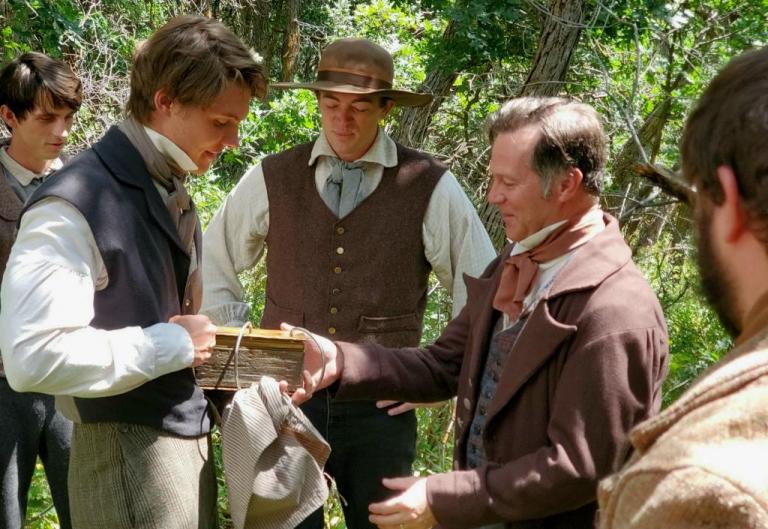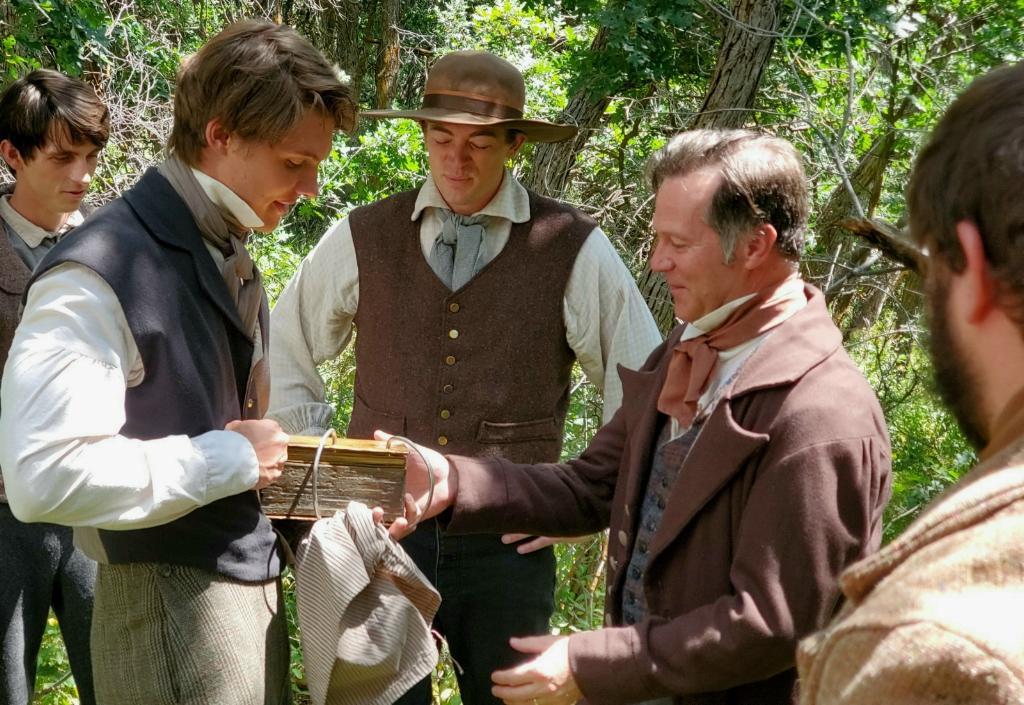
You may perhaps have heard of the classical “fallacy of the beard,” which is also called the “continuum fallacy.” One of the ways that it is used is to claim that there is no meaningful distinction between X and Y because no clear and distinct line can be drawn between them.
A plain illustration of the fallacy, and apparently the one from which it derives one of its names, would be to argue that there is no difference between being bearded and being clean shaven. Why? Because plucking one hair from a man’s beard doesn’t make him clean shaven. Nor does plucking two. And no obvious point occurs where plucking a single hair makes him suddenly clean shaven where, immediately before, he had been bearded.
I thought of that logical issue when reading this interesting article:
“Where Do New Languages Come From?”
I’ve often thought of how it is that Dutch and German became separate languages. They stem from a common ancestor, and they’re clearly separate languages today. But at one point, exactly, did they separate? When do regional variations become “dialects”? When do different dialects become distinct “languages”? Manifestly, there isn’t a single date that can be identified for the separation of Dutch and German. The change happened very gradually.
The Old English of Beowulf, which was composed somewhere between AD 700 and AD 1000, is very different from today’s English. But when, exactly, did Old English cease? When, precisely, did Modern English begin?
A somewhat different issue, but still linguistic-historical: I remember being struck once in traveling from the German-speaking Swiss capital of Bern to the French-speaking Swiss city of Fribourg. They’re about 23 miles apart. And Fribourg obviously has Germanic roots, since its name is a form of the very-German Freiburg. How do such things happen? Where exactly is the last German-speaking house along the road between them, and the first French-speaking house?
And once, when I asked a question in the tourist information office in the beautiful northern Italian town of Bolzano, I was amazed to hear the young woman behind the counter ask the young woman next to her for help with it in German. And then, walking out of that office, I noticed a statue in the square of Walther von der Vogelweide, one of the greatest of the medieval German Minnesänger or troubadours. (See the discussion of the Wartburg in my immediately previous blog entry.) It turns out that Bolzano is, to a large degree, a German-speaking Italian town — though all of its residents speak Italian, as well.
***
As a follow-up to my two posts on meat-eating and diet (“A note on veganism and vegetarianism (1)” and “A note on veganism and vegetarianism (2)”), how about this?
“Avoid these ‘ultraprocessed’ foods and you might live longer”
Walther von der Vogelweide lived only about sixty years. I wonder whether, being a German speaker, he ate a lot of Wurst.












